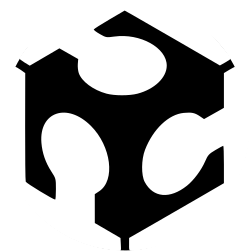
WEEK 2 – COMPUTER-AIDED DESIGN
Weekly assignment
For this week's assignment we had to model a possible final project
I already knew something about Autodesk's Autocad and 3ds Max because of my previous studies. I think these are very powerful software and also very useful for architectural design (AutoCAD) and for organic modeling and rendering (3ds Max). So I wanted to seize the opportunity to focus on others I didn't know or I only heard about.
2D Modeling
For my first experience with 2D modeling I've decided to try Inkscape, an open-source vector graphics editor
Given that my first idea of final project hasn't a particularly defined design, I tried to draw a sketch of how it should work. In the meantime I had the opportunity to practice with the software.
I started from the bottom level, so I've first taken a look at the tutorial on the Inkscape web site. When I started drawing some example for trying the first basic tools I had also my first trouble. When I was moving in the viewport or switching to another window on my desktop, the shadow of the previous viewport followed me on the screen.
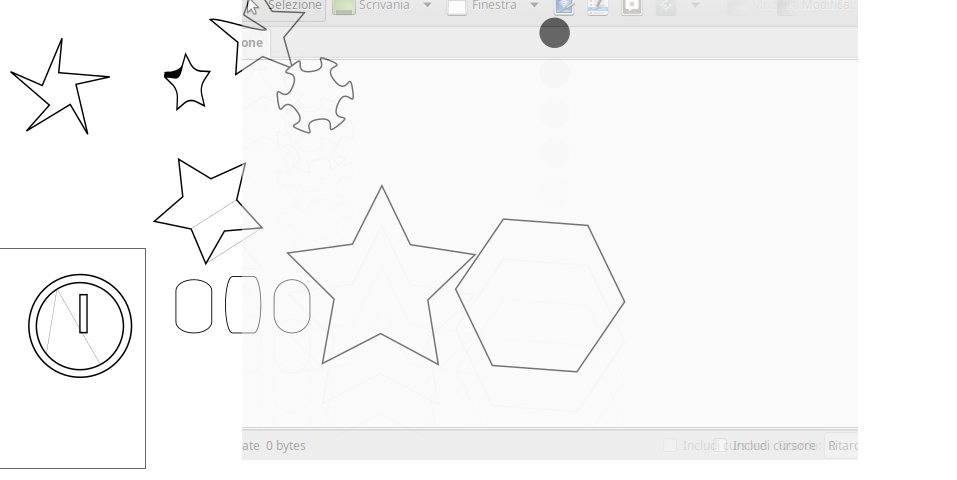
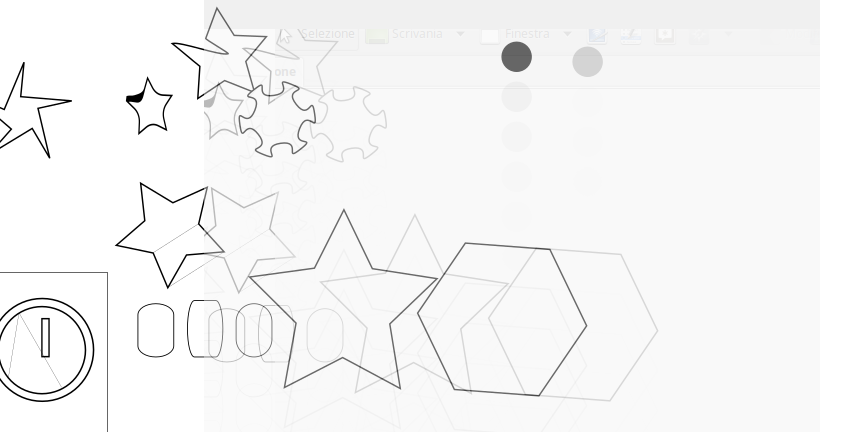
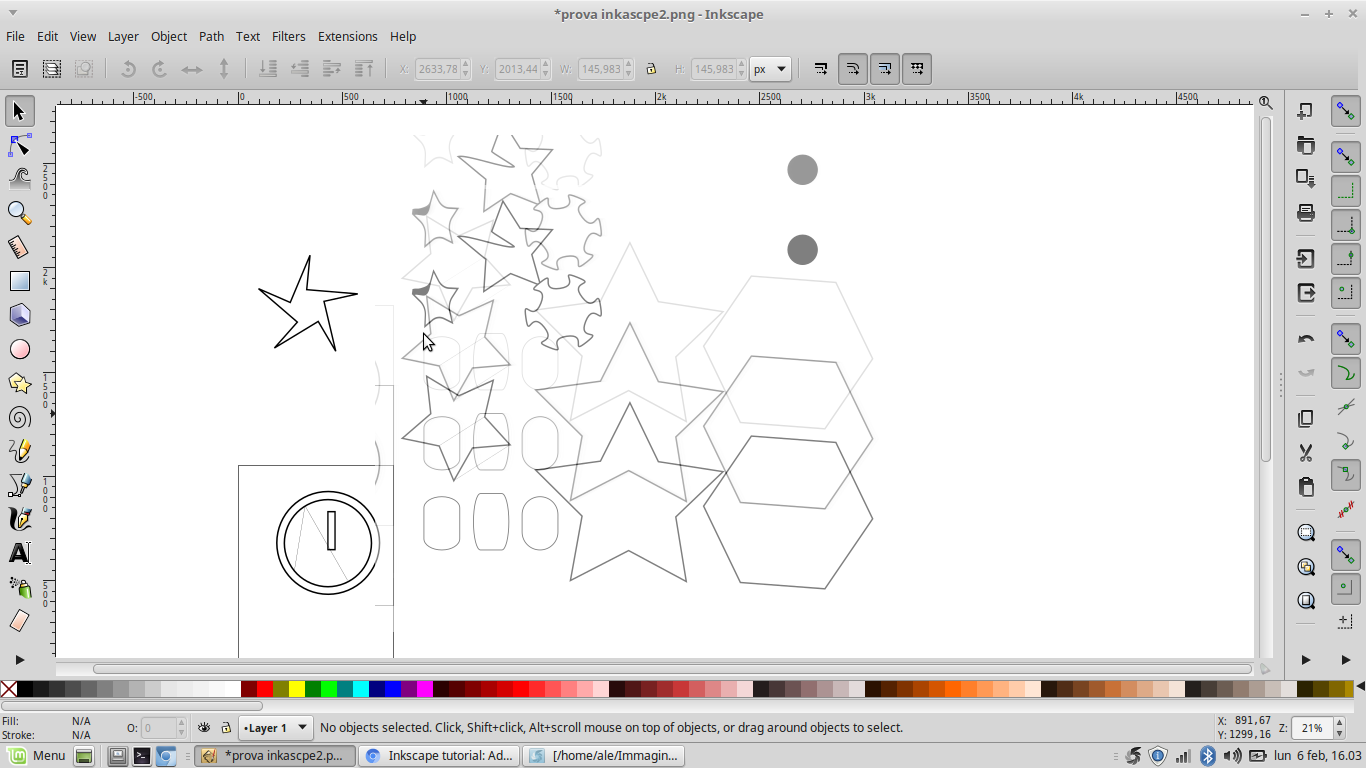
I didn’t know what caused this malfunction, the only thing I tried to do was to turn off all Compiz effects on my pc, with the hope to lighten the video driver. It seem to work, but I still don’t know if it was the main reason.
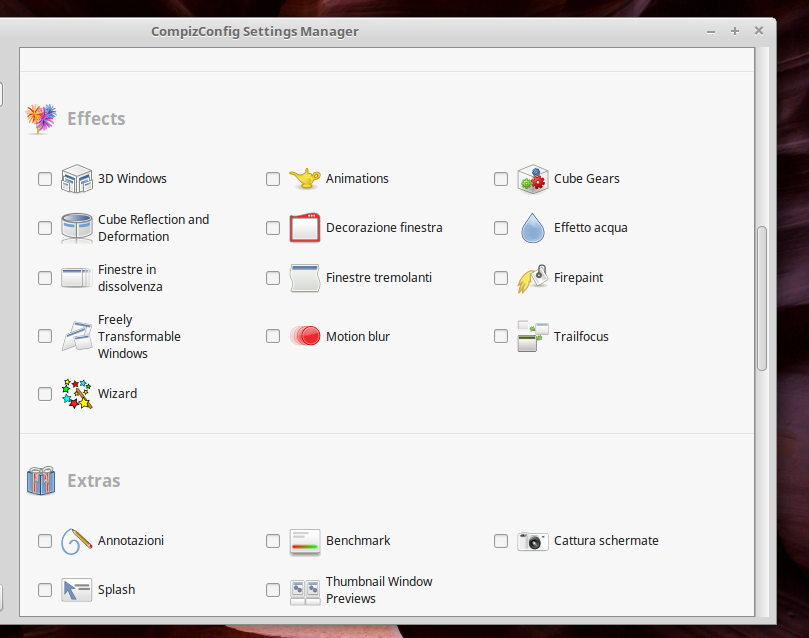
However I could go on working…
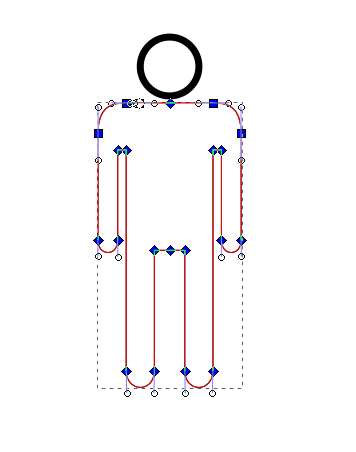
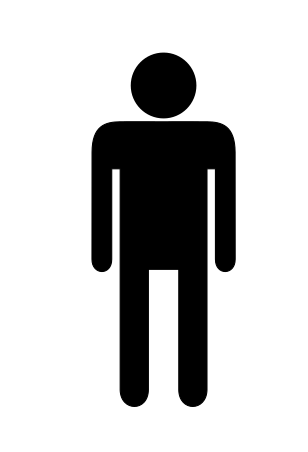
This is an exapmple of paths editing by nodes. Moving the handle you can shape the segment. The second image shows the shaped object filled of color.
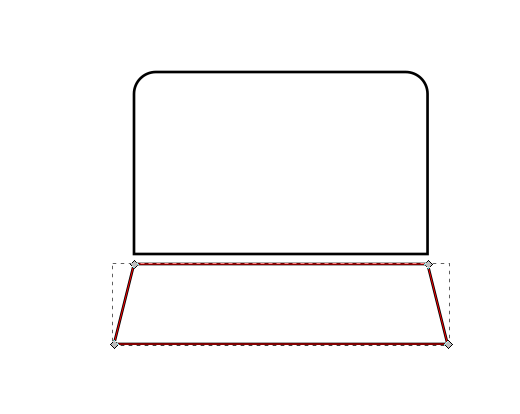

Here is an example of strokes editing. You can choise color, style, width, and markers as you want.
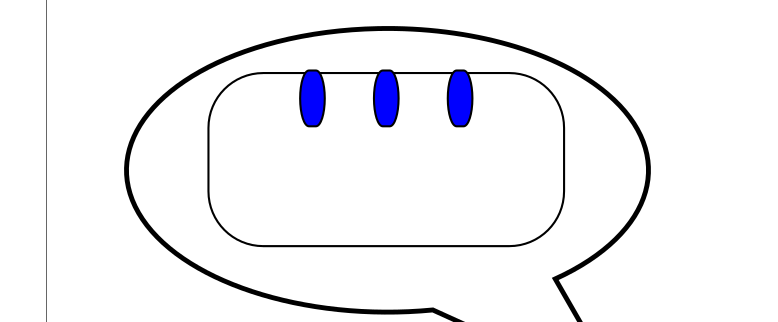
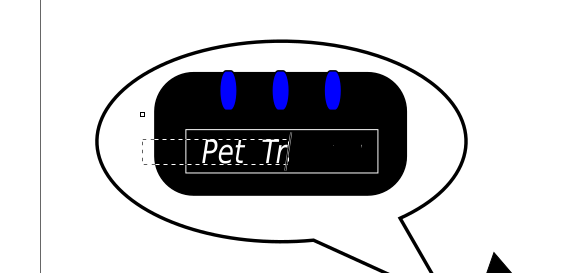
In Inkscape you can also write texts wherever you want.
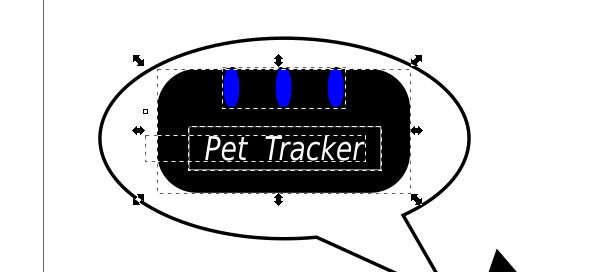
And you can group different objects to move, rotate, and scale them as a single object.
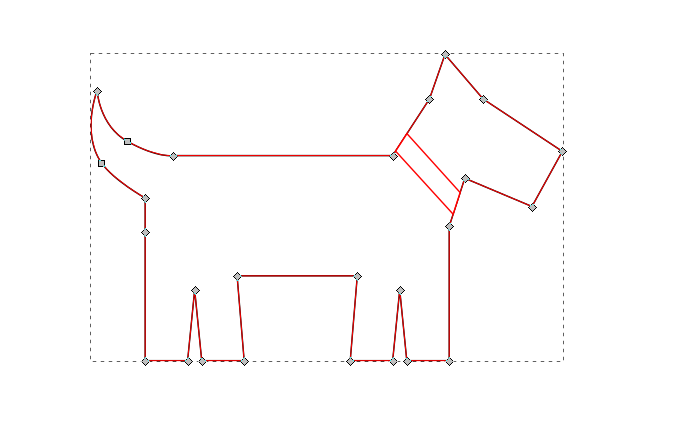
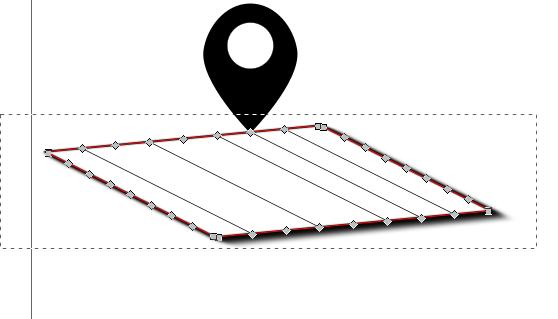
Moreover you can insert new nodes into a segment if you need more referring points to draw your shapes.
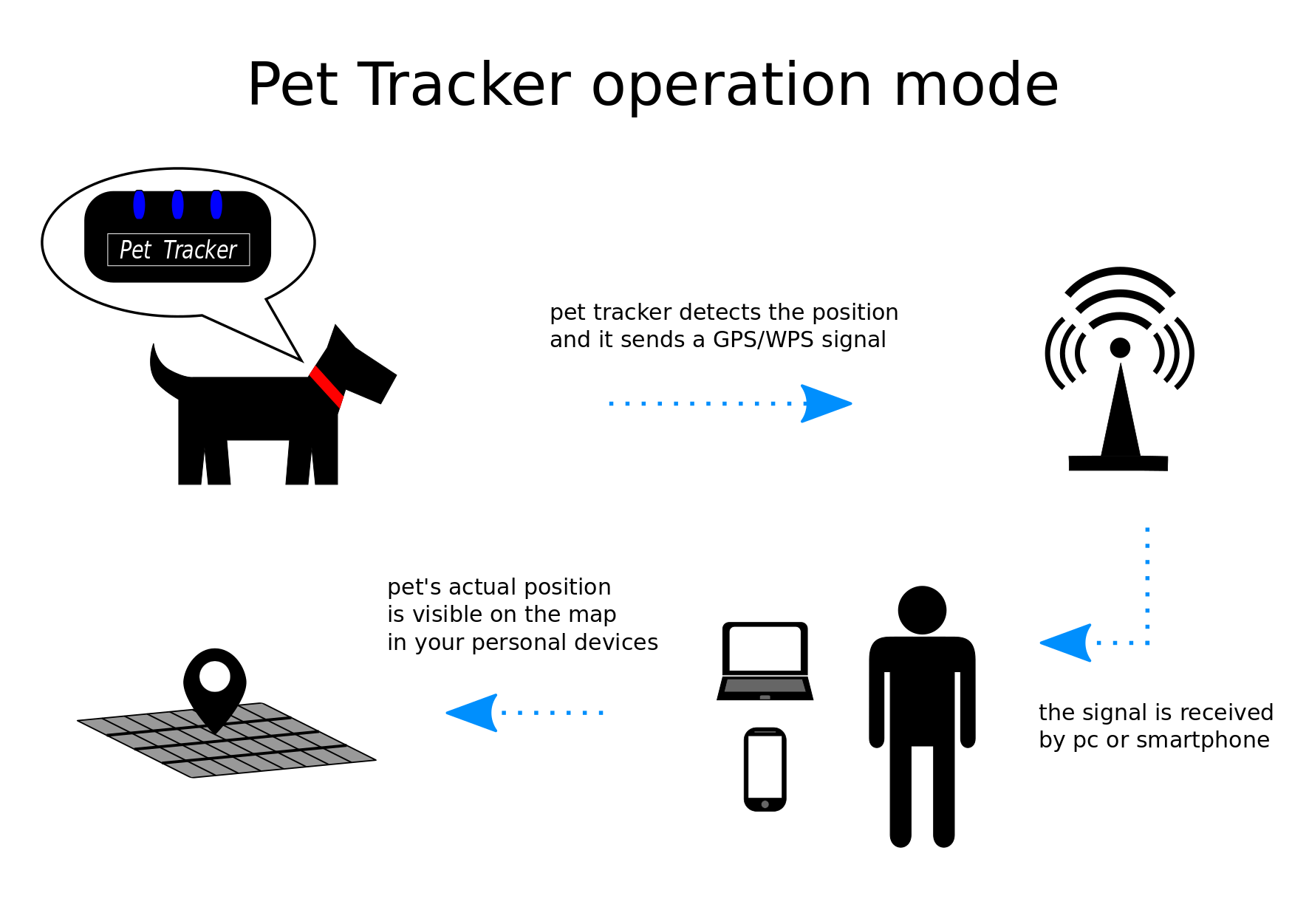
Update
During the following weeks I had some time to improve my website. Among others I added a "back to top" button which is made with a Fab Academy logo and a writing that explane its purpose
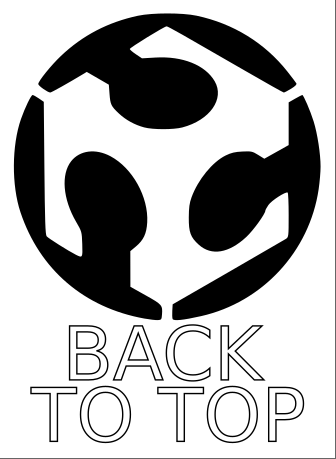
To make this I downloaded the image from the internet, I vectorialized it with Inkscape and adjusted the background to the circle, then I added the writing
3D Modeling
For what concern 3D modeling I decided to try a solid modeling software, since I think it's going to be very useful during the Fab Academy for 3D printing, molding and many other works. Since I heard about it, I was curious to try Solidworks
At the beginning I made some attempt to familiarize with the interface and discover the basic tools, like how to create sketches, shapes extrusion, rounding edges, and how to create shaped holes in different places of a 3D model
Then I continued trying to make a simply 3D model of my first idea of final project. I don’t know yet the final design of the tracker device I want to make, but I’m going to sketch out some proposal in the next days.
So I started modeling a pet collar.
A very useful tool that solidworks provides is the combination of different projects as parts of a bigger and more complex object. That’s called “Assembly”, below you can see an example.
Considerations
Comparing my previous knowledge of organic modeling software and my recent experience using Solidworks I can say that not every software is good for any purpose.
How I proved that? Just doing exactly the opposite I should…
In other words I tried to make a curved shape object like a pet collar, especially its buckle, using a solid modeling software (Solidworks), and in the past I made a printable solid model, which I really printed, using 3ds Max, the only modeling software I knew at that time.
In both cases I had to work harded than I would did if only I had chosen the appropriate software. It doesen’t mean that you can’t use whatever software you want, but making a reasoned choice can help you to do it faster and easier.
So my advice is first think at what you are going to do, then choice the more suitable tool. This is the importance of knowing more than one software.
My purpose is going on trying others during these days.
Update
During the following week I modeled a lot with Solidworks for several week's assignment
Here I'm adding some link to those weeks:
Week 3 (Computer-Controlled Cutting)
Week 5 (3D Scanning and Printing)
Week 7 (Computer-Controlled Machining)
Week 9 (Mechanical Design)
Week 11 (Machine Building)
Week 12 (Molding and Casting)
Week 14 (Composites)
To reach a higher level of complexity in my models, during Fab Academy I've followed some tutorial:
Solidworks Assembly
Solidworks Complex Shapes and Surfaces
Solidworks Cavity (Boolean Subtraction)
Solidworks Equation and Variables
I've also often referred to the Solidworks official help page
To download original files click here

